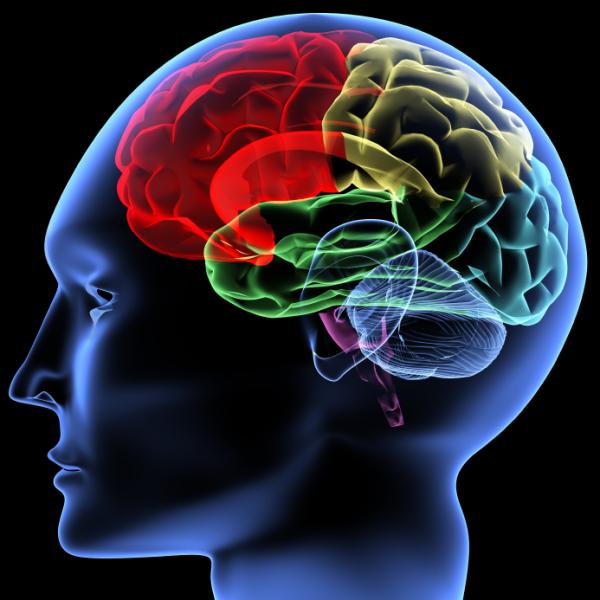
© iStockphoto/Vasiliy YakobchukScientists offer evidence that it is easier to rewire the brain early in life. Researchers found that a small part of the brain's visual cortex that processes motion became reorganized only in the brains of subjects who had been born blind, not those who became blind later in life.
A new paper from MIT neuroscientists, in collaboration with Alvaro Pascual-Leone at Beth Israel Deaconess Medical Center, offers evidence that it is easier to rewire the brain early in life. The researchers found that a small part of the brain's visual cortex that processes motion became reorganized only in the brains of subjects who had been born blind, not those who became blind later in life.
The new findings, described in the Oct. 14 issue of the journal
Current Biology, shed light on how the brain wires itself during the first few years of life, and could help scientists understand how to optimize the brain's ability to be rewired later in life. That could become increasingly important as medical advances make it possible for congenitally blind people to have their sight restored, said MIT postdoctoral associate Marina Bedny, lead author of the paper.
In the 1950s and '60s, scientists began to think that certain brain functions develop normally only if an individual is exposed to relevant information, such as language or visual information, within a specific time period early in life. After that, they theorized, the brain loses the ability to change in response to new input.
Animal studies supported this theory. For example, cats blindfolded during the first months of life are unable to see normally after the blindfolds are removed. Similar periods of blindfolding in adulthood have no effect on vision.


Comment: So we're expected to believe a climate report from a University department accused of cooking climate data?